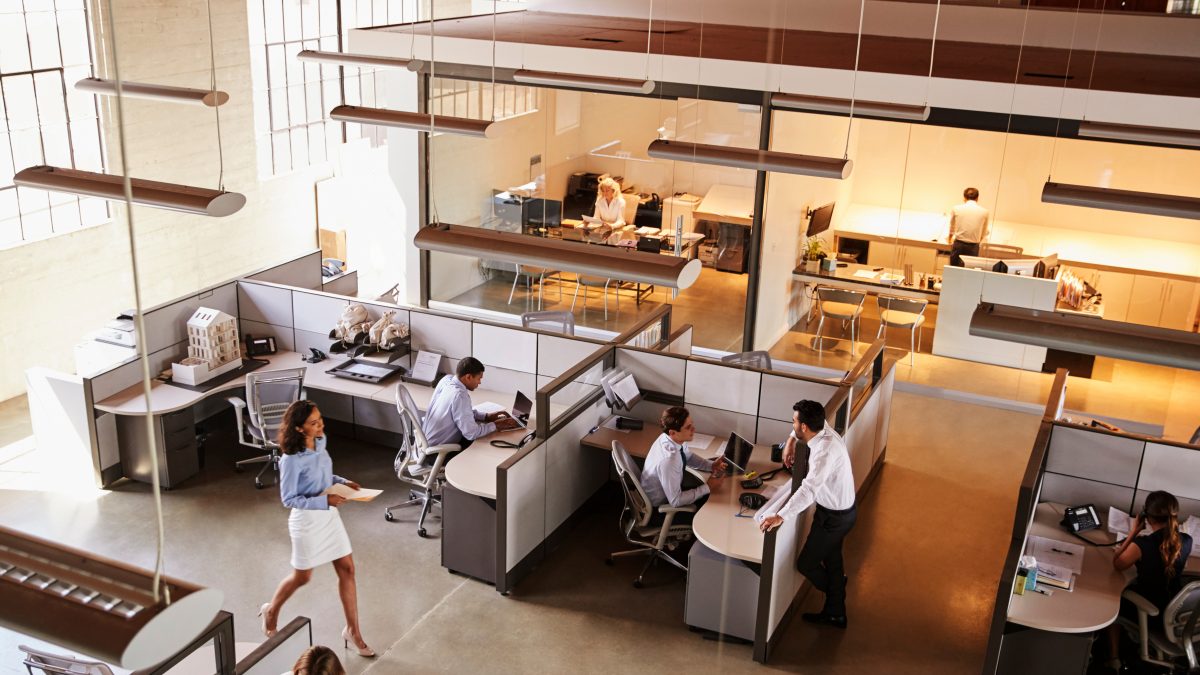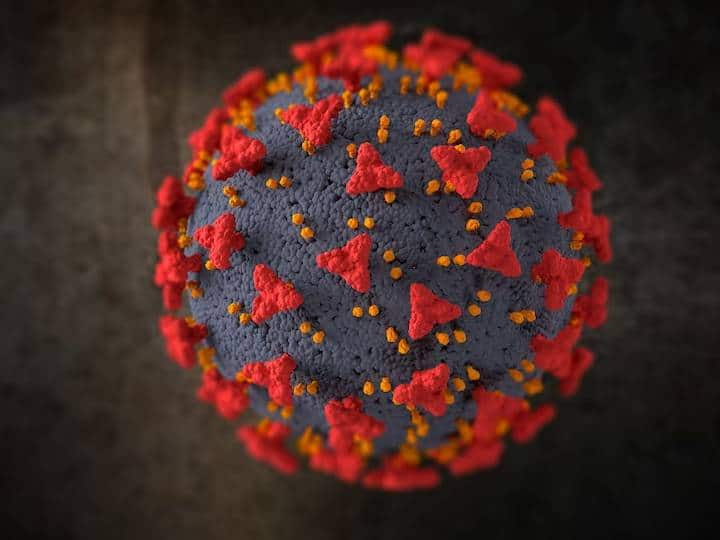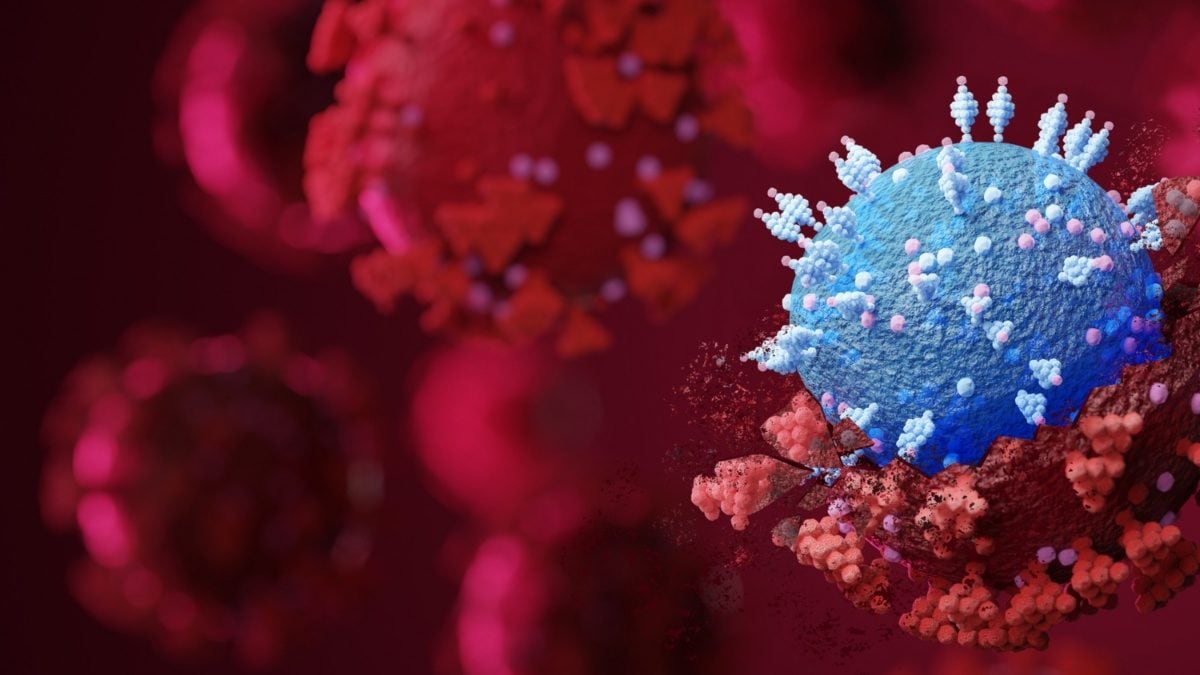Designing the Modern Office: Exploring Furniture, Booths, Decor, and Textiles
Ergonomically designed desks, chairs, and ample storage units are good for the user, but a functional layout forms the backbone of an office space
When it comes to creating a functional and productive office space, furniture is just the beginning. Beyond desks and chairs, office design encompasses a wide range of elements, including booths, interior decor, and innovative textiles. These elements play a crucial role in shaping the overall aesthetic, comfort, and functionality of an office environment.
Booths provide private spaces for meetings or individual work, while interior decor adds personality and style to the office ambiance. Innovative textiles in office design not only enhance visual appeal but also offer practical benefits such as acoustics, ergonomics, and sustainability. Together, these elements contribute to creating a cohesive and efficient office space that promotes productivity, creativity, and employee well-being.
Today’s workforce spends 70% of their day in office. “As a result, an office space forms an integral part of the working class’s everyday environment. Therefore, office design has to effectively meet the needs of the people inhabiting them. Ranging from furniture essentials to providing adequate lighting, a successful office design revolves around elements that foster productivity while reflecting the company’s brand identity,” says Apoorva Shroff, founder and Principle Designer, lyth design.
The future-fit office accommodates many functions beyond the obvious. “While productivity, collaboration and nurturing productive work environments are always critical, future-ready workspace needs to be “human-centric” to account for the intangibles, such as employee wellness and environmental responsibility. With the uncertainty of pandemics and environmental degradation looming large, workspaces require thoughtful planning with highly adaptable products to create future-proof spaces that remain viable for all plausible outcomes,” says Nikhil Wadehra, Regional Sales Director, Teknion
As we chart a course to the future, our workspaces must accommodate the rhythm of change with mobile, modular, and multi-functional products that maximize flexibility. “To stay relevant in any possible future, the office arrangements ought to address comfort, safety, security, and health through a human-centred design approach,” adds Wadehra.
Ergonomically designed desks, chairs, and ample storage units add to the comfort of the user, but a functional layout with articulate circulation forms the backbone of an office space. This configuration must also accommodate for future expansion and flexibility. “A biophilic design ethos is said to harvest the healthy well-being of the occupants, thus ensuring maximum workforce potential. Additionally, colour and texture contribute to the visual appeal of the space while devoting practicality and order to the design,” opines Shroff.
In essence, an office that is welcoming, where the employees feel valued and are inspired to do their best work, holds a primary position in its design.
Read all the Latest Lifestyle News here




